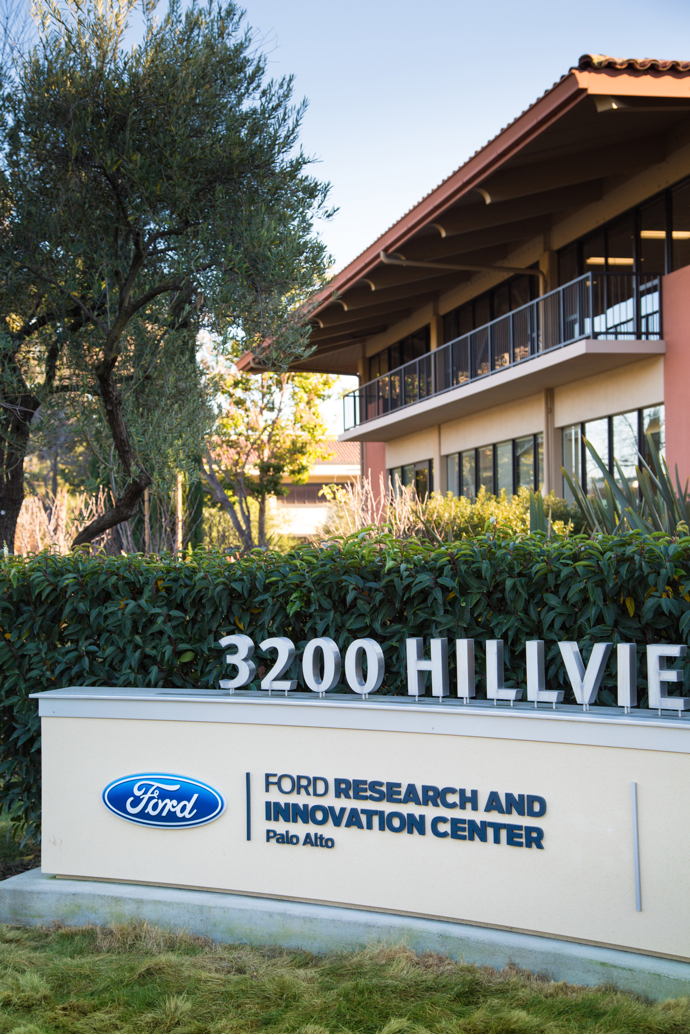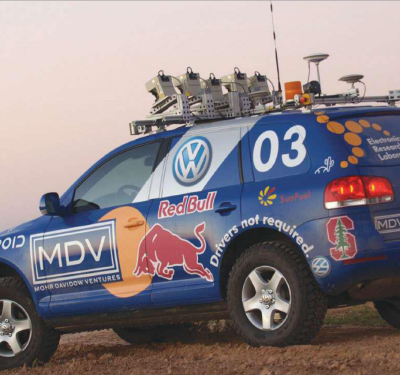
The Ford Palo Alto Research and Innovation Center team developed aDRIVE, a virtual test environment based on gaming software that will test algorithms such as traffic sign recognition in dynamic driving situations. Ford
Ford’s new Research and Innovation Center in Palo Alto, California, will focus on accelerating the company’s development of technologies and experiments in a variety of areas, including autonomous vehicles.
The new facility is expected to become one of the largest automotive manufacturer research centers in Silicon Valley by the end of the year, according to a news release, and will employ 125 researchers, engineers and scientists.
Ford opened its first Silicon Valley office in 2012. The new facility is located in Stanford Research Park and is now part of Ford’s global network of research and innovation centers, with other centers located in Dearborn, Michigan and Aachen, Germany.
Beyond autonomous vehicle technology, the center also seeks to enhance connectivity, mobility, customer experience and big data, according to the release.

Ford recently opened the Research and Innovation Center in Palo Alto, California. Ford
“At Ford, we view ourselves as both a mobility and an auto company, as we drive innovation in every part of our business,” said Mark Fields, Ford Motor Company president and CEO, according to the release. “This new research center shows Ford’s commitment to be part of the Silicon Valley innovation ecosystem – anticipating customers’ wants and needs, especially on connectivity, mobility and autonomous vehicles. We are working to make these new technologies accessible to everyone, not just luxury customers.”
Through the center, the Palo Alto team will expand Ford’s collaboration with Stanford University that first began in 2013. Ford is contributing a Fusion Autonomous Research Vehicle to the university to test the path planning-and-prediction algorithms researchers have developed over the past year, according to the release.
Ford also has developed a virtual test environment based on gaming software, called aDRIVE (Autonomous Driving Refined in Virtual Environments), designed to test algorithms such as traffic sign recognition in dynamic driving situations.
For more details on aDRIVE, watch this video from Ford:






